Fire extinguisher types and uses for boaters
What are the 4 types of fire extinguishers and their uses?
Class A is for combustible solids like wood
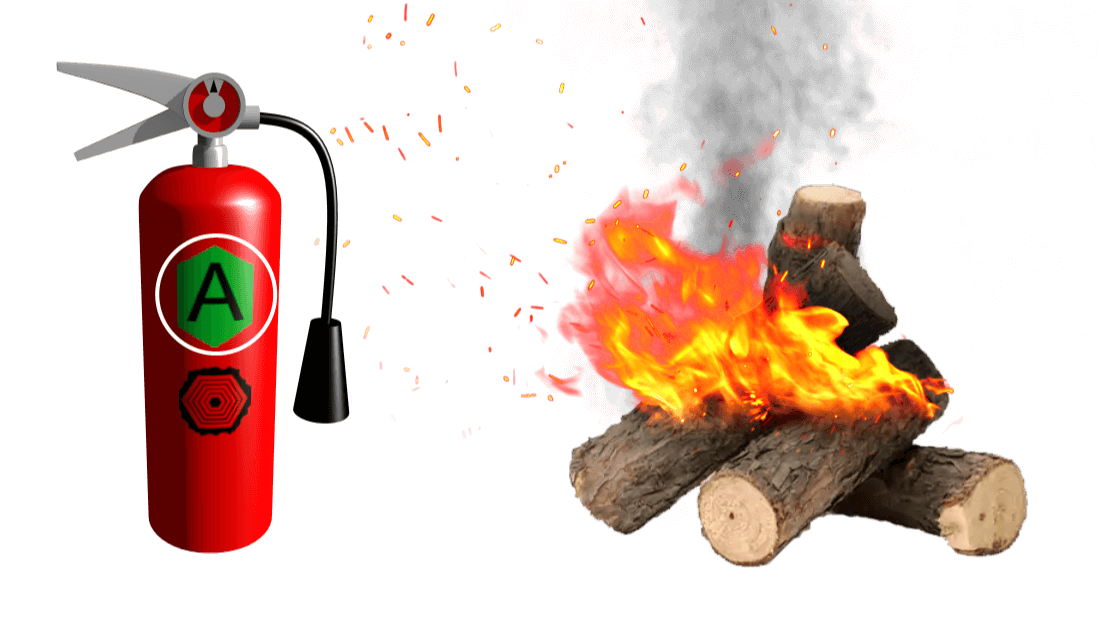
Class B is for flammable liquids such as gasoline
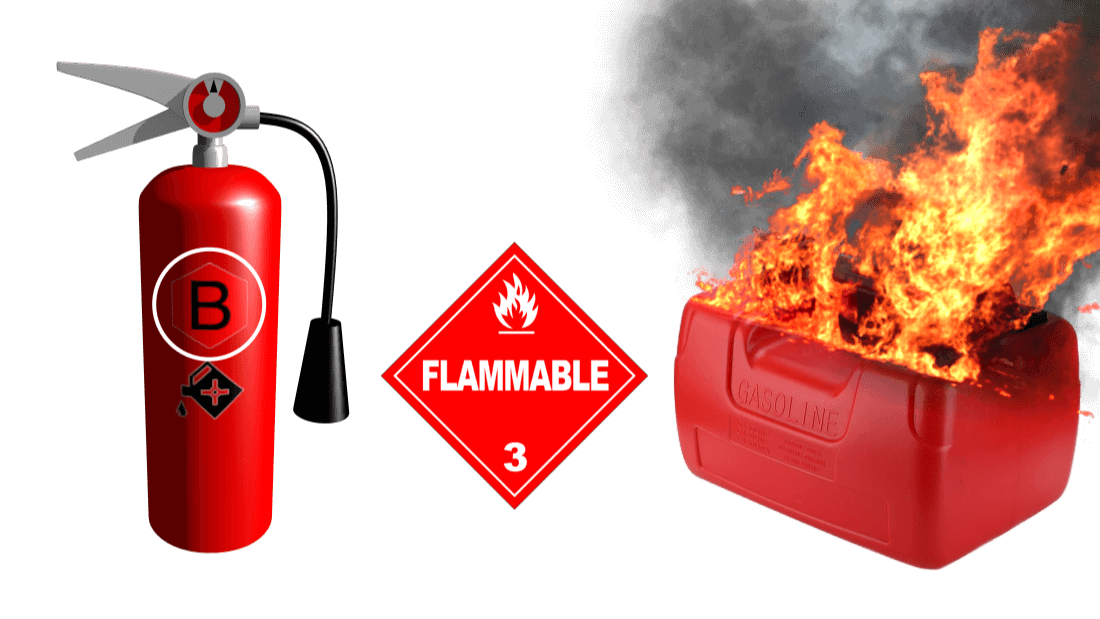
Class C is for electrical fires
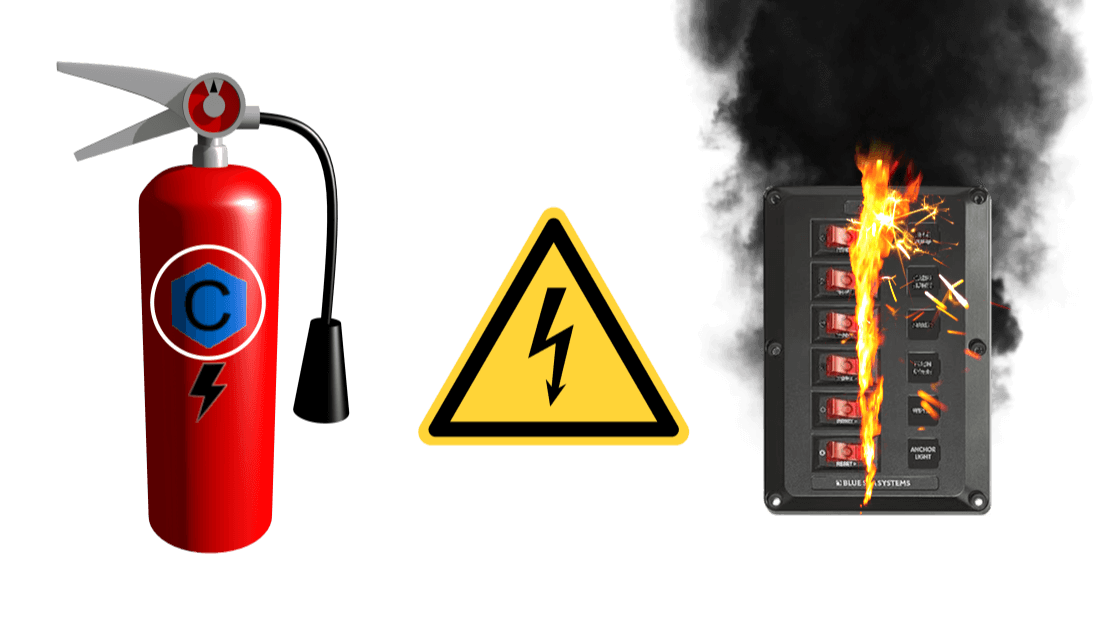
Class D is for combustible metals like magnesium
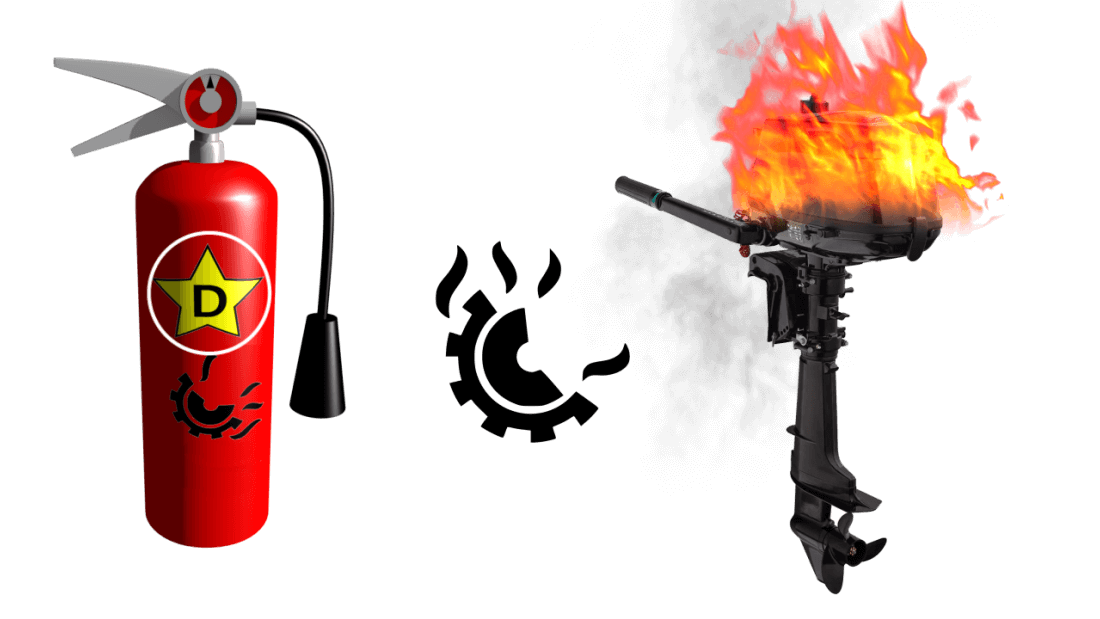
Some boat fires involve burning wood and paper (Class A), but these fires can be put out with water. Do not use water on gasoline, oil, or electrical fires. Water causes gasoline and oil fires to spread and electrical current is conducted through the water.
Fire extinguishers Inspection
Make sure to inspect your fire extinguishers monthly to make sure they are properly stored, charged and undamaged.
-
Portable extinguishers should be mounted where they are readily accessible.
-
Check the gauge to make sure the extinguisher is still charged.
-
Check the seals to make sure they have not been tampered with.
-
Replace cracked or broken hoses and keep nozzles free from obstruction.
-
Weigh extinguishers to assure that they meet the minimum weight stated on the label.
Once you use a fire extinguisher, you should either have it recharged, if it is rechargeable, or replaced if it is a disposable type. In any event, always make sure that your extinguisher label indicates that it is a U.S. Coast Guard approved marine type device.
How often should a fire extinguisher be inspected?
All extinguishers should be visually inspected each month, and serviced once a year. Dry chemical extinguishers should occasionally be turned upside down and shaken.
How often must fire extinguishers be replaced?
Fire extinguishers must be replaced 12 years from the manufacture year.
Fire Extinguishers are classified by letters and numbers according to the class and size fire they can put out. The letter on the extinguisher (A, B, C, or D) indicates the class of fire. The number is a measure of the capacity of the extinguisher - the larger the number, the greater the capacity of extinguishing material to put out a fire.
What is a B-1 and B-2 extinguisher?
For motorboats
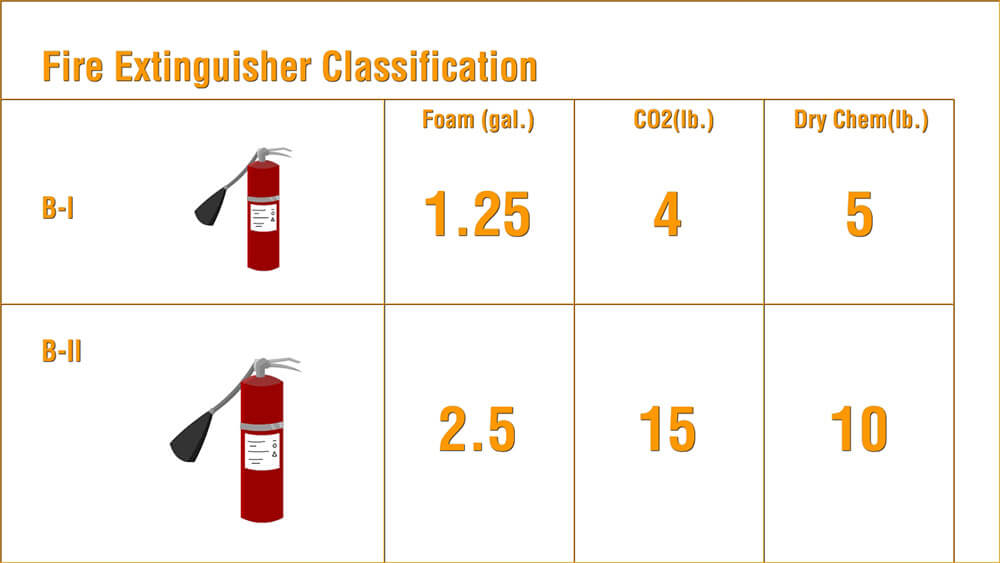
Fire extinguishers must be labeled as 5-B, 10-B or 20-B, extinguishers labeled with B-I or B-II will only be accepted up until their 12-year expiration date then must be replaced by the newer class 5-B, 10-B and 20-B extinguishers.
Which recreational boats are required to carry marine fire extinguishers?
All recreational boats with:
1. Permanently installed fuel tank(s), or
2. Spaces that are capable of trapping fumes, such as a:
-
Closed compartment under thwarts and seats wherein portable fuel tanks may be stored.
-
Double bottom not sealed to the hull or that is not completely filled with flotation material.
-
Closed living space.
-
Closed stowage compartment in which combustible or flammable materials is stowed.

